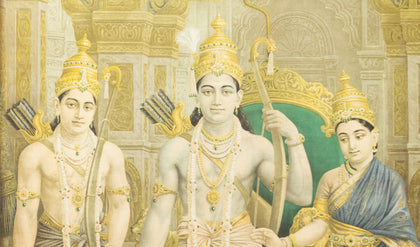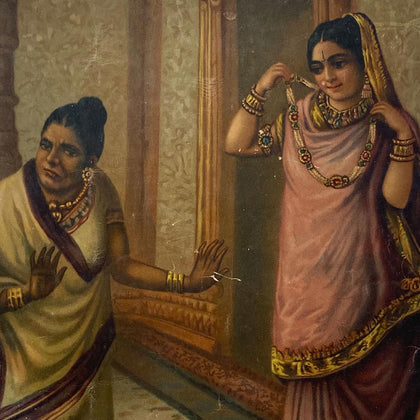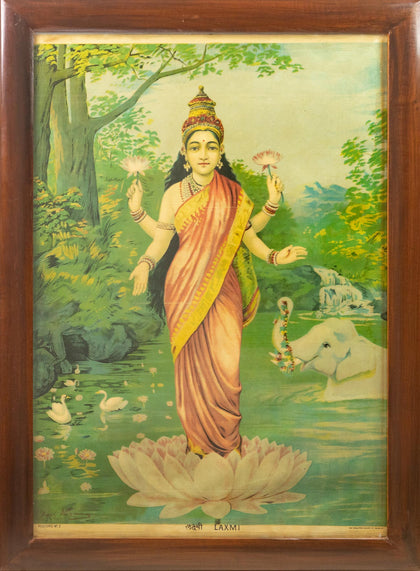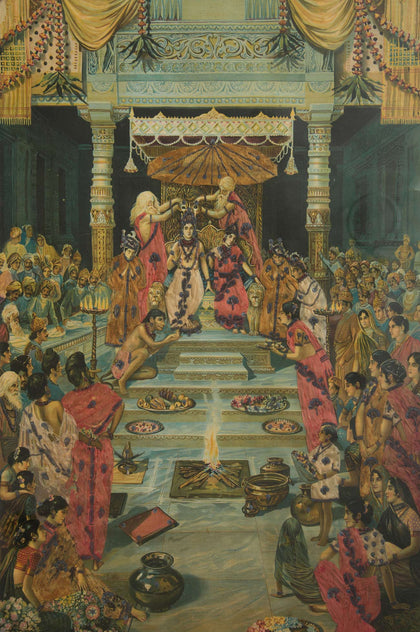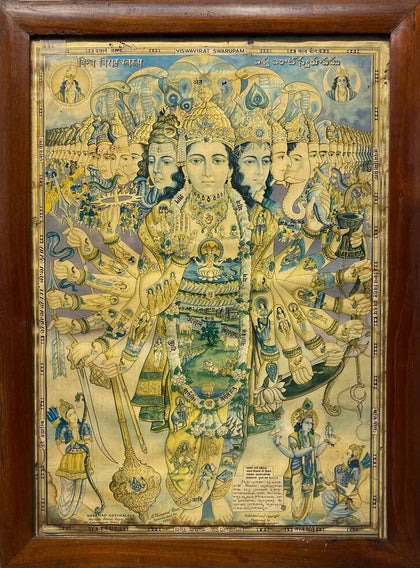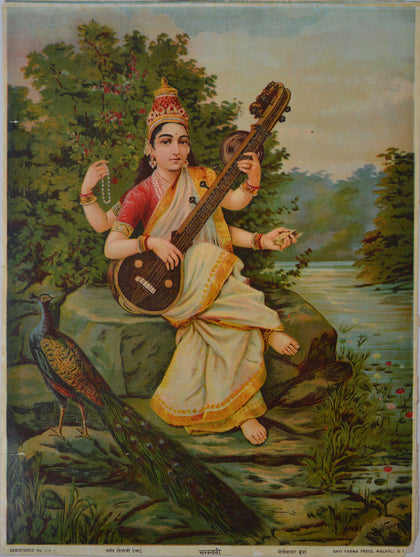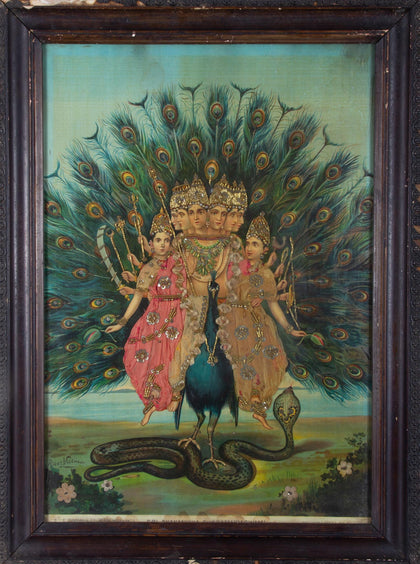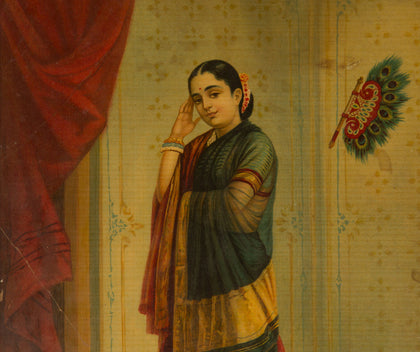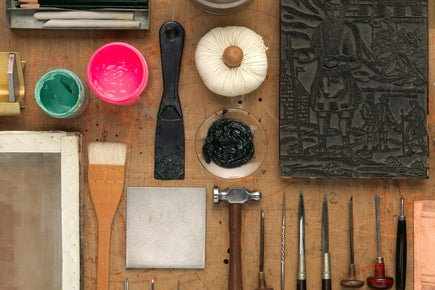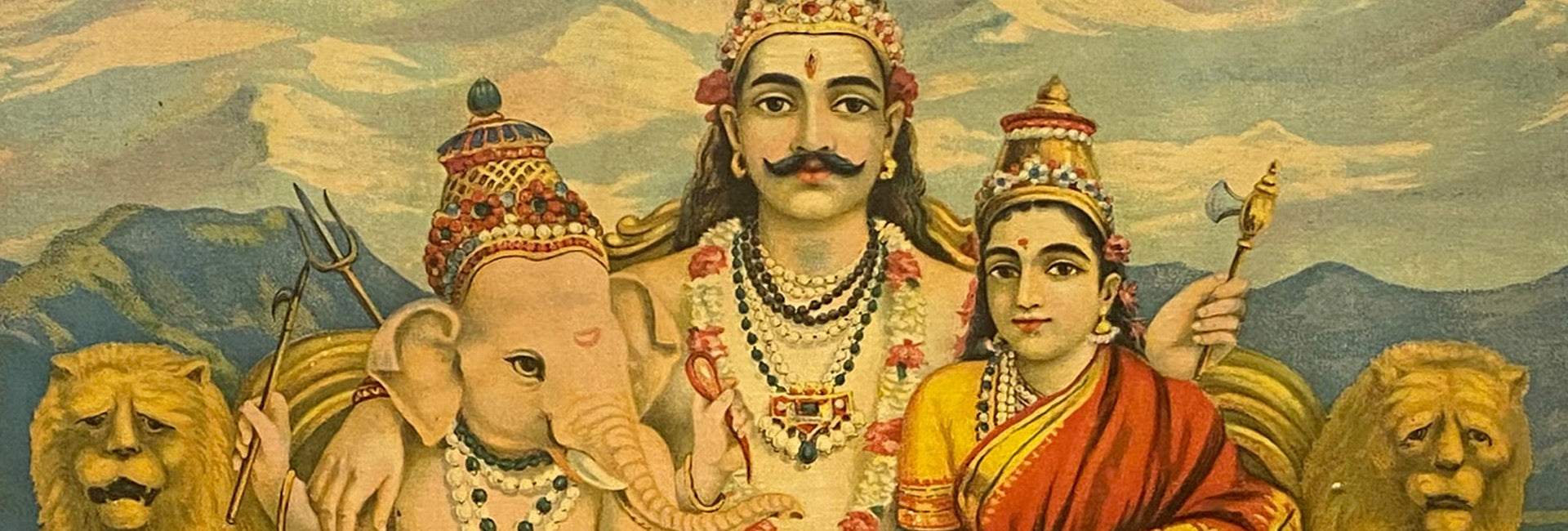
Oleographs
Oleographs, also called chromolithographs, are multi-colour art prints, stemming from the process of lithography. Pioneered in the 1830s, the process of producing oleographs came into wide commercial use in the 1860s. The technique relied on using several woodblocks or stones with colours for printing, while hand-colouring remained an important aspect as well. Depending on the number of colours present, an oleograph could take months to produce by very skilled workers. Poor preservation and cheaper printing alternatives have made oleographs hard to find. Today, they are mainly used as fine art.
APPLIED FILTERS :
APPLIED FILTERS :
- 1
- 2

























































































